Effect of Surface Pre-Treatment on the Adhesion between HiPIMS Thick Cu:CuCNx Coating and WC-Co Shim
Abstract
:1. Introduction
2. Experimental Details
2.1. Substrate Surface Preparation
2.2. Deposition of Thick Cu:CuCNx Multilayer Coating
2.3. Cu:CuCNx Coating Morphology Analysis
2.4. Surface Texture Measurement
- Levelling and least-squares form-fitting using an LS-plane by subtraction;
- Filtering using a Robust Gaussian filter according to ISO 16610-31 [29], using cut-off (nesting index) = 0.08 mm with managing end effect.
- Surface isotropy and peak-height distribution;
- Surface roughness (S-L surface) as areal surface texture analyses according to ISO 25178 [30]—height parameter evaluation;
- Functional parameter analysis (Sk-group);
- Graphic visualization.
2.5. Qualitative Adhesion Assessment of the Coating
2.6. Machining Test
3. Results
3.1. Surface Evaluation of the Different Pre-Treated Shims
3.1.1. Surface Texture Assessment
3.1.2. Surface Topography
3.2. Cu:CuCNx Coating Morphology
3.3. Qualitative Adhesion Assessment
3.4. Machining Test
4. Discussion
4.1. Effect of the HiPIMS Cr Pre-Layer on the Adhesion between ~200 µm Cu:CuCNx Coating and WC-Co Shim
4.2. Effect of the Surface Pretreatments on the Adhesion between ~200 µm Cu:CuCNx Coating and WC-Co Shim
4.3. Effect of WC-Co Shim Surface Pretreatment on Machining Performance
5. Conclusions
- ▪
- Grit blasting increases the surface roughness by introducing new, smaller WC grains by shattering the existing sharper WC grains.
- ▪
- Grit blasting can significantly remove loosely bound Co binder from the WC-Co structure.
- ▪
- The GB surface has a quasi-isotropic character (92.8%), while the M surface has an anisotropic character (3.19%). The DP surface has a quasi-anisotropic character (27.9%)
- ▪
- High-density Cr+ HiPIMS plasma etching can create an intermixing interface (WC-Co:Cr:CuCNx) by implementing chromium ions and neutrals in the near-surface structure of the shims.
- ▪
- The CNx-doped copper matrix with pure copper interlayer (Cu:CuCNx) coating has higher dense columnar structure without any visible defects. The coating is amorphous in nature with a gradient Cr pre-layer of 0.5 µm.
- ▪
- Cu:CuCNx coating on GB shim has better interface adhesion strength than that on DP and conventional M shims.
- ▪
- Compared to M and DP coated shims, Cu:CuCNx coating on GB shim has the highest coating life and the lowest insert flank wear.
- ▪
- The following inferences were made:
- ▪
- In the present case of ~200 µm-thick Cu:CuCNx coating, only the 0.5 µm Cr pre-layer and the intermixing interface is not sufficient to create adequate interface adhesion between the coating and WC-Co shim.
- ▪
- The quasi-isotropic surface texture along with the high surface roughness of the GB shim is beneficial for increasing interface adhesion strength.
- ▪
- The homogeneous distribution of peaks and valleys of the GB shim is advantageous for the preferential growth of the dense columnar structure of the coating, due to which the cutting insert’s life increases (or flank wear decreases).
Author Contributions
Funding
Institutional Review Board Statement
Informed Consent Statement
Data Availability Statement
Acknowledgments
Conflicts of Interest
References
- Rashid, M.; Guo, S.; Adane, T.F.; Nicolescu, C.M. Advanced Multi-Functional Coatings for Vibration Control of Machining. J. Mach. Eng. 2020, 20, 5–23. [Google Scholar] [CrossRef]
- Rashid, M.U.; Archenti, A. Manufacturing and Characterization of a Carbon-Based Amorphous (a-CNX) Coating Material. Nanomanuf. Metrol. 2018, 1, 156–170. [Google Scholar] [CrossRef] [Green Version]
- Bakoglidis, K.D.; Nedelcu, I.; Schmidt, S.; Greczynski, G.; Ehret, P.; Hultman, L. Rolling contact fatigue of bearing components coated with carbon nitride thin films. Tribol. Int. 2016, 98, 100–107. [Google Scholar] [CrossRef]
- Fu, Q.; Lorite, G.S.; Rashid, M.M.U.; Neuhaus, R.; Cada, M.; Hubicka, Z.; Pitkänen, O.; Selkälä, T.; Uusitalo, J.; Glanz, C.; et al. High Dynamic Stiffness Mechanical Structures with Nanostructured Composite Coatings Deposited by High Power Impulse Magnetron Sputtering. Carbon 2016, 98, 24–33. [Google Scholar] [CrossRef]
- Fu, Q.; Lorite, G.S.; Rashid, M.M.-U.; Selkälä, T.; Uusitalo, J.; Toth, G.; Kordas, K.; Österlind, T.; Nicolescu, C.M. Suppressing Tool Chatter with Novel Multi-Layered Nanostructures of Carbon Based Composite Coatings. J. Mater. Process. Technol. 2015, 223, 292–298. [Google Scholar] [CrossRef]
- Lau, K.H.; Li, K.Y. Correlation between adhesion and wear behaviour of commercial carbon based coating. Tribol. Int. 2006, 39, 115–123. [Google Scholar] [CrossRef]
- Bakoglidis, K.D.; Schmidt, S.; Greczynski, G.; Hultman, L. Improved Adhesion of Carbon Nitride Coatings on Steel Substrates Using Metal HiPIMS Pretreatments. Surf. Coat. Technol. 2016, 302, 454–462. [Google Scholar] [CrossRef]
- Chen, C.C.; Hong, F.C.-N. Interfacial studies for improving the adhesion of diamondlike carbon films on steel. Appl. Surf. Sci. 2005, 243, 296–303. [Google Scholar] [CrossRef]
- Mallika, K.; Komanduri, R. Diamond coatings on cemented tungsten carbide tools by low-pressure microwave CVD. Wear 1999, 224, 245–266. [Google Scholar] [CrossRef]
- Jones, B.J.; Anguilano, L.; Ojeda, J.J. Argon plasma treatment techniques on steel and effects on diamond-like carbon structure and delamination. Diam. Relat. Mater. 2011, 20, 1030–1035. [Google Scholar] [CrossRef]
- Voevodin, A.A.; Capano, M.A.; Laube, S.J.P.; Donley, M.S.; Zabinski, J.S. Design of a Ti/TiC/DLC functionally gradient coating based on studies of structural transitions in Ti–C thin films. Thin Solid Films 1997, 298, 107–115. [Google Scholar] [CrossRef]
- Morshed, M.M.; McNamara, B.P.; Cameron, D.C.; Hashmi, M.S.J. Effect of surface treatment on the adhesion of DLC film on 316L stainless steel. Surf. Coat. Technol. 2003, 163–164, 541–545. [Google Scholar] [CrossRef]
- Weldon, D.G. Why coatings work. In Failure Analysis of Paints and Coatings, 1st ed.; John Wiley and Sons, Ltd.: Imperial, PA, USA, 2009; pp. 9–23. [Google Scholar]
- Cailler, M.; Lee, G.H. Scratch Adhesion Test of Magnetron-Sputtered Copper Coatings on Aluminium Substrates: Effects of the Surface Preparation. Thin Solid Films 1989, 168, 193–205. [Google Scholar] [CrossRef]
- Broitman, E.; Hultman, L. Adhesion Improvement of Carbon-Based Coatings through a High Ionization Deposition Technique. J. Phys. Conf. Ser. 2012, 370, 012009. [Google Scholar] [CrossRef] [Green Version]
- Broitman, E.; Czigány, Z.; Greczynski, G.; Böhlmark, J.; Cremer, R.; Hultman, L. Industrial-Scale Deposition of Highly Adherent CNx Films on Steel Substrates. Surf. Coat. Technol. 2010, 204, 3349–3357. [Google Scholar] [CrossRef] [Green Version]
- Gómez, I.; Claver, A.; Santiago, J.A.; Fernandez, I.; Palacio, J.F.; Diaz, C.; Mändl, S.; Garcia, J.A. Improved Adhesion of the DLC Coating Using HiPIMS with Positive Pulses and Plasma Immersion Pretreatment. Coatings 2021, 11, 1070. [Google Scholar] [CrossRef]
- Santiago, J.A.; Fernández-Martínez, I.; Wennberg, A.; Molina-Aldareguia, J.M.; Castillo-Rodríguez, M.; Rojas, T.C.; Sánchez-López, J.C.; González, M.U.; García-Martín, J.M.; Li, H.; et al. Adhesion Enhancement of DLC Hard Coatings by HiPIMS Metal Ion Etching Pretreatment. Surf. Coat. Technol. 2018, 349, 787–796. [Google Scholar] [CrossRef]
- Park, J.K.; Lee, H.J.; Lee, W.S.; Baik, Y.J. Effect of TiAl-based interlayer on the surface morphology and adhesion of nanocrystalline diamond film deposited on WC–Co substrate by hot filament CVD. Surf. Coat. Technol. 2014, 258, 108–113. [Google Scholar] [CrossRef]
- Poulon-Quitin, A.; Faure, C.; Teulé-Gay, L.; Manaud, J.P. A multilayer innovative solution to improve the adhesion of nanocrystalline diamond coatings. Appl. Surf. Sci. 2015, 331, 27–34. [Google Scholar] [CrossRef] [Green Version]
- Shen, X.; Wang, X.; Sun, F.; Ding, C. Sandblasting Pretreatment for Deposition of Diamond Films on WC-Co Hard Metal Substrates. Diam. Relat. Mater. 2017, 73, 7–14. [Google Scholar] [CrossRef]
- Linnik, S.A.; Gaydaychuk, A.V.; Okhotnikov, V.V. Improvement to the Adhesion of Polycrystalline Diamond Films on WC-Co Cemented Carbides through Ion Etching of Loosely Bound Growth Centers. Surf. Coat. Technol. 2018, 334, 227–232. [Google Scholar] [CrossRef]
- Mellali, M.; Grimaud, A.; Leger, A.C.; Fauchais, P.; Lu, J. Alumina Grit Blasting Parameters for Surface Preparation in the Plasma Spraying Operation. J. Therm. Spray Technol. 1997, 6, 217–227. [Google Scholar] [CrossRef]
- Bouzakis, K.-D.; Michailidis, N.; Hadjiyiannis, S.; Efstathiou, K.; Pavlidou, E.; Erkens, G.; Rambadt, S.; Wirth, I. Improvement of PVD Coated Inserts Cutting Performance, through Appropriate Mechanical Treatments of Substrate and Coating Surface. Surf. Coat. Technol. 2001, 146–147, 443–450. [Google Scholar] [CrossRef]
- Deuerler, F.; van den Berg, H.; Tabersky, R.; Freundlieb, A.; Pies, M.; Buck, V. Pretreatment of Substrate Surface for Improved Adhesion of Diamond Films on Hard Metal Cutting Tools. Diam. Relat. Mater. 1996, 5, 1478–1489. [Google Scholar] [CrossRef]
- Grubova, I.; Priamushko, T.; Surmeneva, M.; Korneva, O.; Epple, M.; Prymak, O.; Surmenev, R. Sand-Blasting Treatment as a Way to Improve the Adhesion Strength of Hydroxyapatite Coating on Titanium Implant. J. Phys. Conf. Ser. 2017, 830, 012109. [Google Scholar] [CrossRef] [Green Version]
- Asl, S.K.; Sohi, M.H. Effect of Grit-Blasting Parameters on the Surface Roughness and Adhesion Strength of Sprayed Coating. Surf. Interface Anal. 2010, 42, 551–554. [Google Scholar] [CrossRef]
- Griffiths, B.J.; Gawne, D.T.; Dong, G. The Role of Grit Blasting in the Production of High-Adhesion Plasma Sprayed Alumina Coatings. Proc. Inst. Mech. Eng. Part B J. Eng. Manuf. 1997, 211, 1–9. [Google Scholar] [CrossRef]
- ISO 16610-31; Geometrical Product Specifications (GPS)—Filtration—Part 31: Robust Profile Filters: Gaussian Regression Filters. ISO: Geneva, Switzerland, 2016.
- ISO 25178-2; Geometrical Product Specifications (GPS)—Surface Texture: Areal—Part 2: Terms, Definitions and Surface Texture Parameters. ISO: Geneva, Switzerland, 2012.
- Sprute, T.; Tillmann, W.; Grisales, D.; Selvadurai, U.; Fischer, G. Influence of Substrate Pre-Treatments on Residual Stresses and Tribo-Mechanical Properties of TiAlN-Based PVD Coatings. Surf. Coat. Technol. 2014, 260, 369–379. [Google Scholar] [CrossRef]
- Everaerts, J.; Salvati, E.; Korsunsky, A.M. Nanoscale Depth Profiling of Residual Stresses Due to Fine Surface Finishing. Adv. Mater. Interfaces 2019, 6, 1900947. [Google Scholar] [CrossRef]
- Staia, M.H.; Ramos, E.; Carrasquero, A.; Roman, A.; Lesage, J.; Chicot, D.; Mesmacque, G. Effect of Substrate Roughness Induced by Grit Blasting upon Adhesion of WC-17% Co Thermal Sprayed Coatings. Thin Solid Films 2000, 377–378, 657–664. [Google Scholar] [CrossRef]
- Gudmundsson, J.T.; Brenning, N.; Lundin, D.; Helmersson, U. High power impulse magnetron sputtering discharge. J. Vac. Sci. Technol. A Vac. Surf. Film 2012, 30, 30801. [Google Scholar] [CrossRef] [Green Version]
- Lundin, D.; Sarakinos, K. An introduction to thin film processing using high-power impulse magnetron sputtering. J. Mater. Res. 2012, 27, 780–792. [Google Scholar] [CrossRef] [Green Version]
- ISO 3685; Tool Life Testing in Single-Point Turning Tools, 2nd ed. ISO: Geneva, Switzerland, 1983.
- Varacalle, D.J.; Guillen, D.P.; Deason, D.M.; Rhodaberger, W.; Sampson, E. Effect of Grit-Blasting on Substrate Roughness and Coating Adhesion. J. Therm. Spray Technol. 2006, 15, 348–355. [Google Scholar] [CrossRef]
- Grzesik, W. Tribology of Metal Cutting. In Advanced Machining Processes of Metallic Materials, 2nd ed.; Elsevier: Amsterdam, The Netherlands, 2017; pp. 197–214. [Google Scholar]
- Rogov, V.A.; Ghorbani, S.; Popikov, A.N.; Polushin, N.I. Improvement of Cutting Tool Performance during Machining Process by Using Different Shim. Arch. Civ. Mech. Eng. 2017, 17, 694–710. [Google Scholar] [CrossRef]
- Lai, C.-C.; Boyd, R.; Svensson, P.-O.; Höglund, C.; Robinson, L.; Birch, J.; Hall-Wilton, R. Effect of Substrate Roughness and Material Selection on the Microstructure of Sputtering Deposited Boron Carbide Thin Films. Surf. Coat. Technol. 2022, 433, 128160. [Google Scholar] [CrossRef]
- Anders, A. A Structure Zone Diagram Including Plasma-Based Deposition and Ion Etching. Thin Solid Films 2010, 518, 4087–4090. [Google Scholar] [CrossRef]
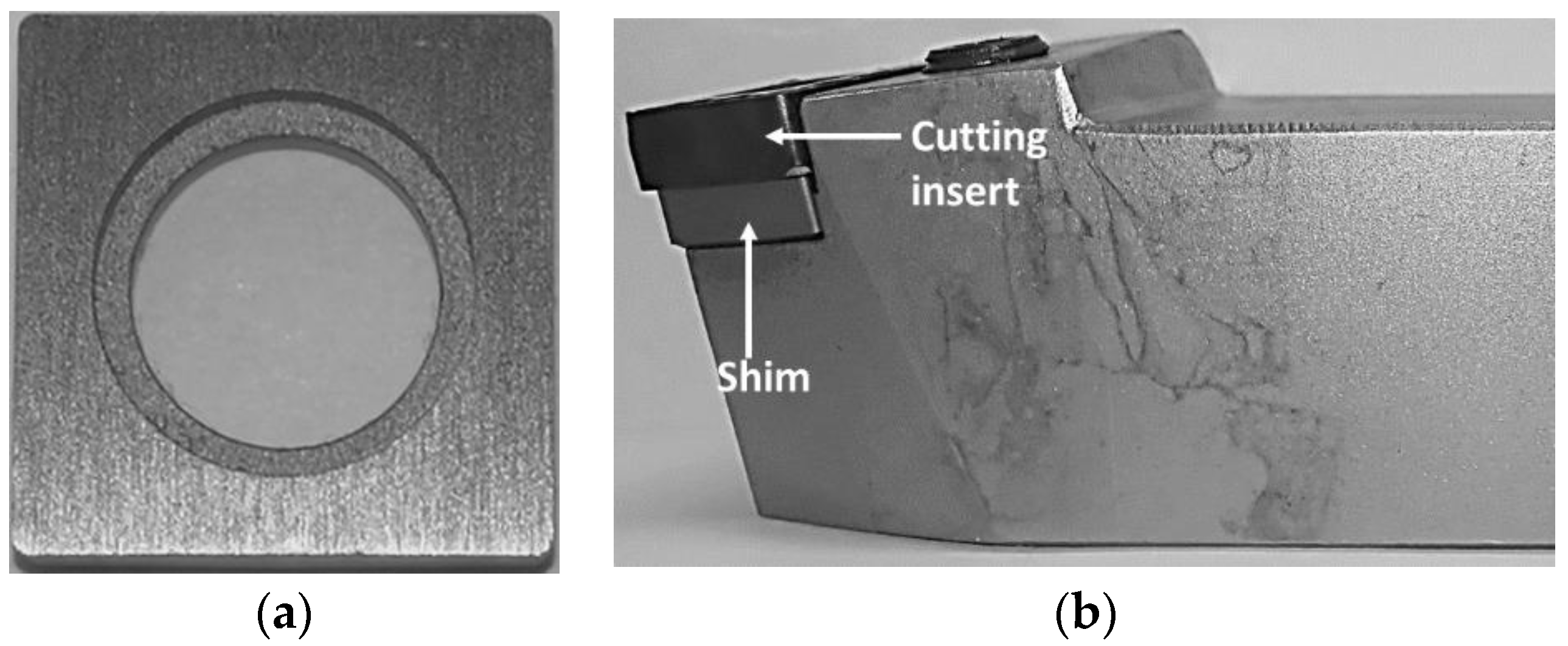


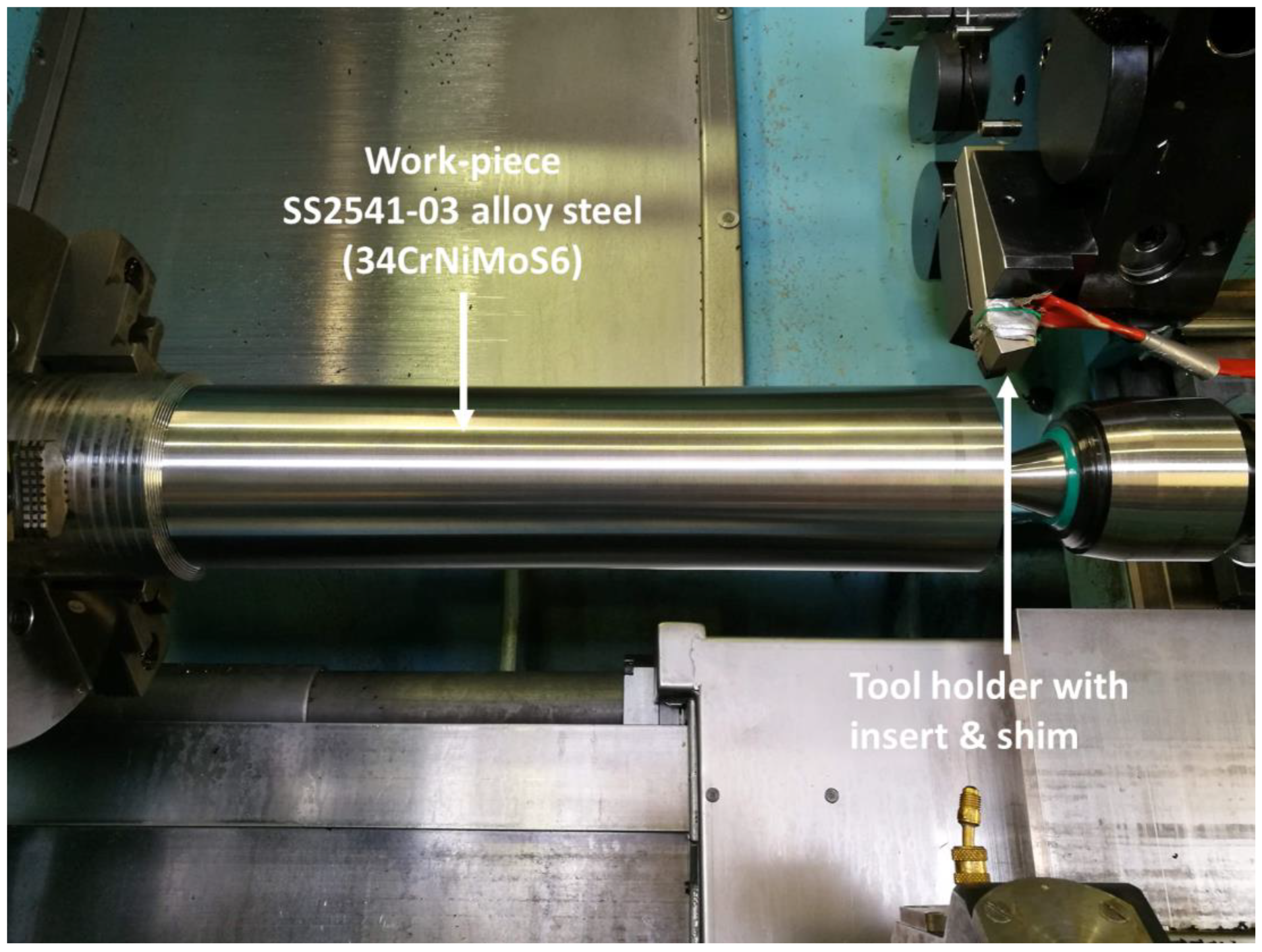
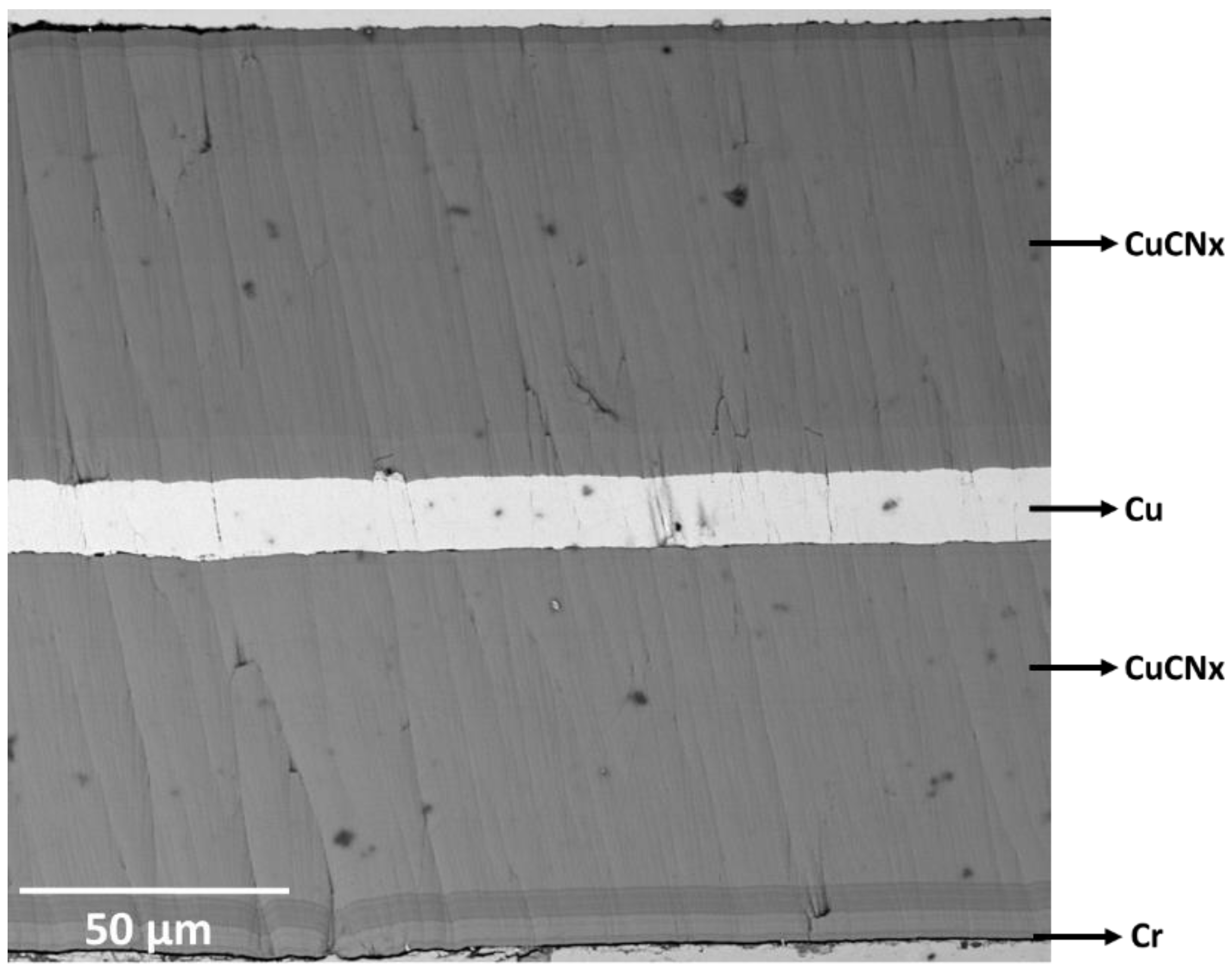
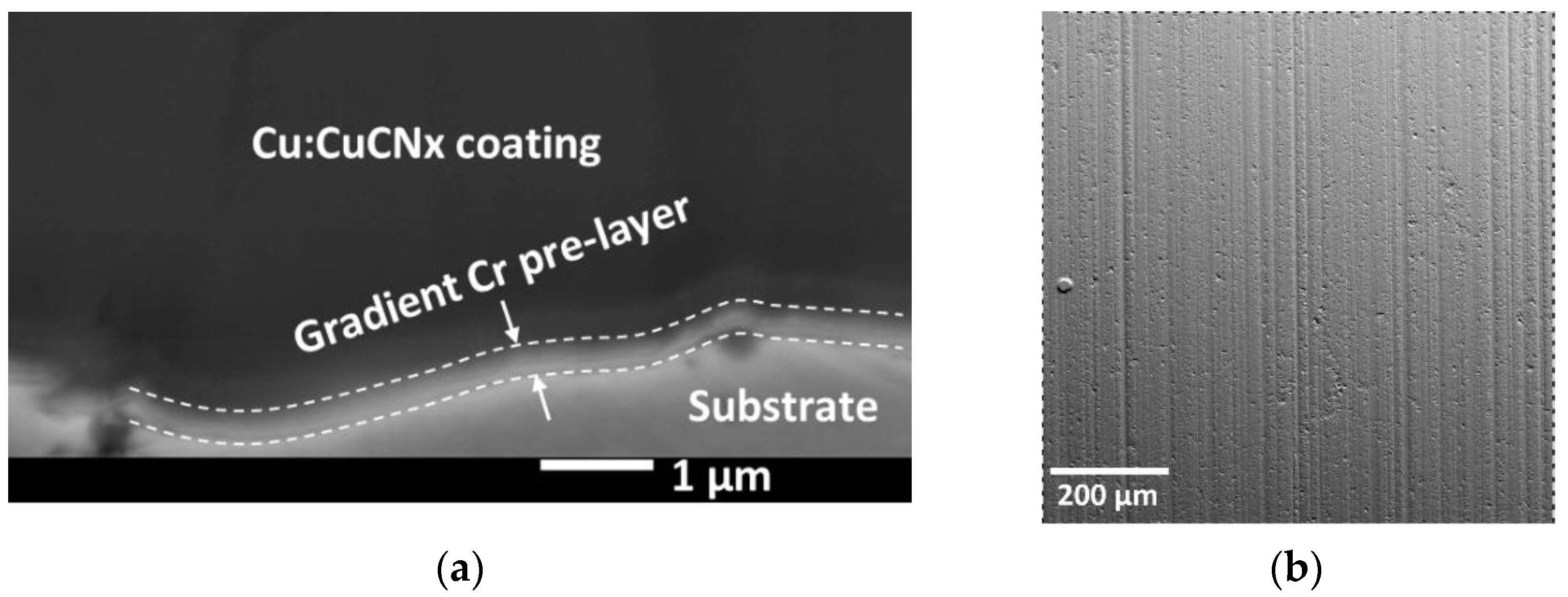

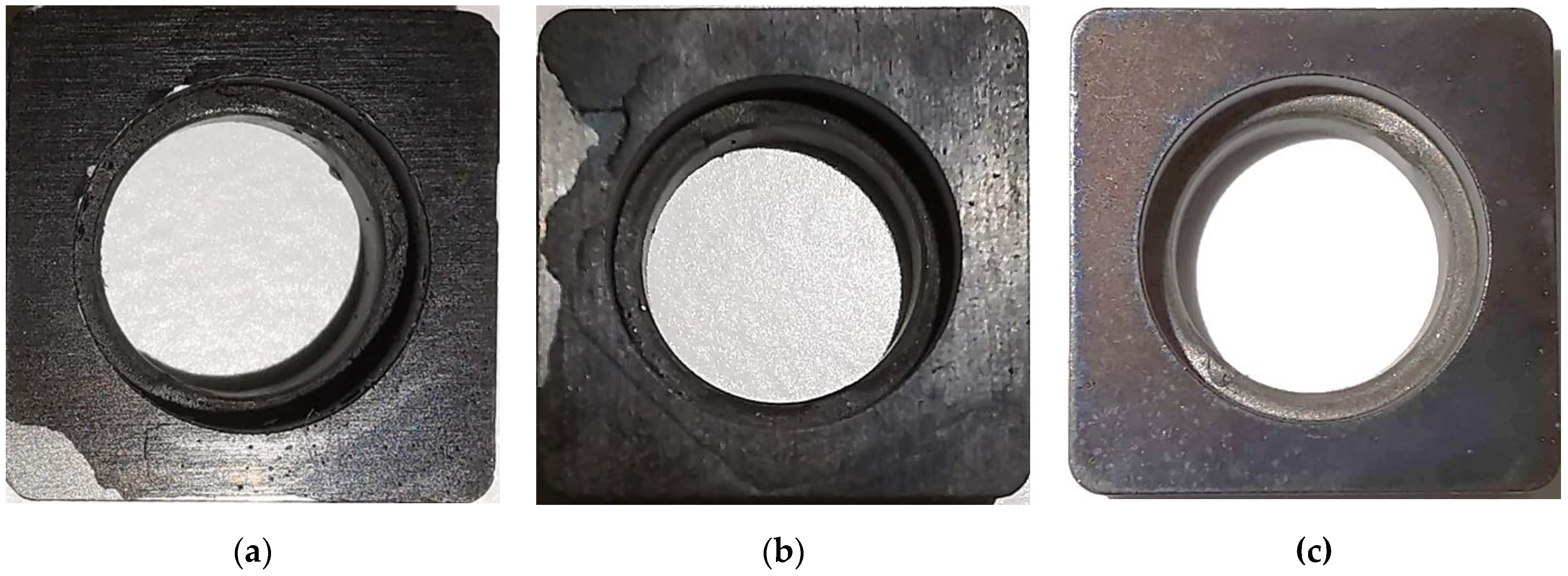
| Magnification | NA | Working Distance (μm) | Field of View (μm) | Optical Resolution (μm) | Vertical Resolution (nm) | Max. Slope (°) | Min. Measurable Roughness |
|---|---|---|---|---|---|---|---|
| 50× | 0.55 | 3.4 | 340 × 284 | 0.52 | <0.1 | 28.81 | 1 nm |
| M Shim | DP Shim | GB Shim | |
|---|---|---|---|
| A | 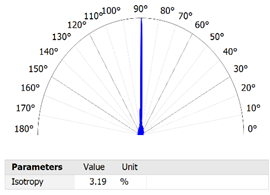 | 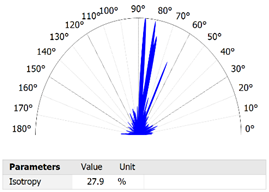 | 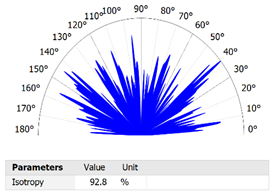 |
| B | 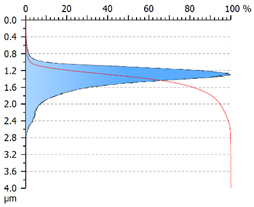 | 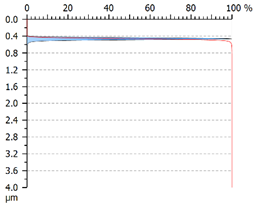 | 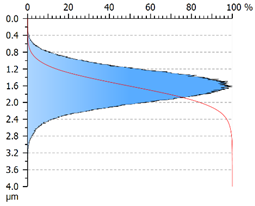 |
| Shim | Unit | Parameter Description | |||
|---|---|---|---|---|---|
| M | DP | GB | |||
| Ssk | −1.02 ± 0.24 | −2.77 ± 1.69 | −0.06 ± 0.04 | Skewness | |
| Sku | 5.53 ± 0.53 | 62.37 ± 41.02 | 3.35 ± 0.02 | Kurtosis | |
| Sp | 1.80 ± 0.34 | 2.02 ± 2.05 | 2.63 ± 0.46 | μm | Maximum peak height |
| Sv | 2.13 ± 0.12 | 1.82 ± 1.64 | 2.45 ± 0.12 | μm | Maximum pit height |
| Sz | 3.93 ± 0.43 | 3.84 ± 3.69 | 5.08 ± 0.52 | μm | Maximum height |
| Sq | 0.28 ± 0.02 | 0.29 ± 0.47 | 0.42 ± 0.01 | μm | Root-mean-square height |
| Sa | 0.21 ± 0.01 | 0.23 ± 0.38 | 0.33 ± 0.01 | μm | Arithmetic mean height |
| M Shim | DP Shim | GB Shim | |
|---|---|---|---|
| A | 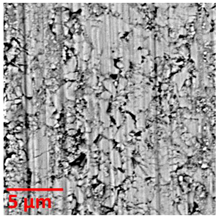 | 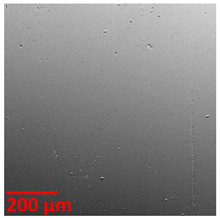 |  |
| B | 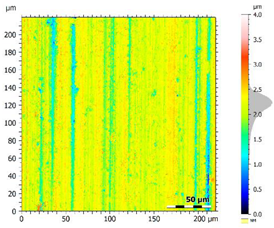 | 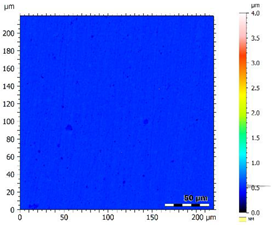 |  |
| C | 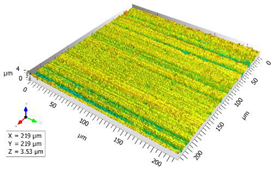 | 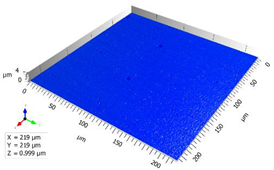 |  |
| D |  | 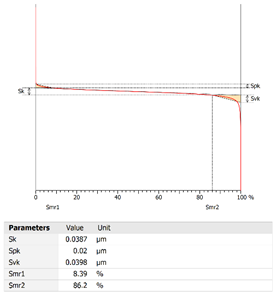 | 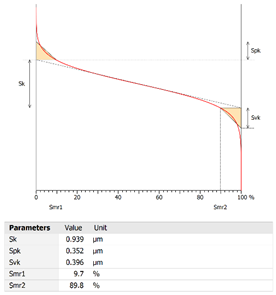 |
| W %wt. conc. | C %wt. conc. | Co %wt. conc. | O %wt. conc. | Cr %wt. conc. | |
|---|---|---|---|---|---|
| M shim | ~96.95 | ~1.35 | ~1.70 | ||
| GB shim | ~94.52 | ~1.73 | ~1.54 | ~2.21 | |
| DP shim | ~95.12 | ~1.48 | ~1.70 | ~1.71 | |
| Cr+ ion-etched GB shim | ~94.00 | ~2.32 | ~1.32 | ~2.02 | ~0.33 |
| Cr+ ion-etched DP shim | ~94.64 | ~1.48 | ~1.69 | ~1.82 | ~0.38 |
| Layers in Cu:CuCNx Coating | Thickness (µm) | Elemental Composition (% Wt) | Deposition Time (Hours) |
|---|---|---|---|
| Cr pre-layer | 0.5 ± 0.09 | ~55.6% Cu, 18.7 % Fe, 10.5% C, 9.9% Cr, 3.8% O, 1.6% N | 0.5 |
| CuCNx (1st layer) | 81.68 ± 1.17 | ~62.59% Cu, 23.44% C, 11.45% N, 2.52% O | 41 |
| Cu (intermediate layer) | 19.92 ± 1.42 | ~95.98% Cu, 4.02% O | 10 |
| CuCNx (2nd layer) | 90.18 ± 0.64 | ~60.31% Cu, 23.94% C, 13.22% N, 2.54% O | 45 |
| Machining Parameters | Type of Coated Shim | Insert Wear (µm) | Total Machining Time Before the Coating Breaks (minutes) | Comments |
|---|---|---|---|---|
| Vc = 220 m/min f = 0.35 mm/rev ap = 1.2 mm | M | 279.15 ± 2.79 (after 80 min) | ~85 | Coating broke between 80 and 85 min. |
| GB | 249.79 ± 4.39 (after 80 min) | >90 | The coated shim could still be used after 90 min. | |
| DP | 261.80 ± 3.20 (after 65 min) | ~70 | Coating broke between 65 and 70 min. |
Publisher’s Note: MDPI stays neutral with regard to jurisdictional claims in published maps and institutional affiliations. |
© 2022 by the authors. Licensee MDPI, Basel, Switzerland. This article is an open access article distributed under the terms and conditions of the Creative Commons Attribution (CC BY) license (https://creativecommons.org/licenses/by/4.0/).
Share and Cite
Rashid, M.M.-U.; Tomkowski, R.; Archenti, A. Effect of Surface Pre-Treatment on the Adhesion between HiPIMS Thick Cu:CuCNx Coating and WC-Co Shim. Coatings 2022, 12, 1484. https://doi.org/10.3390/coatings12101484
Rashid MM-U, Tomkowski R, Archenti A. Effect of Surface Pre-Treatment on the Adhesion between HiPIMS Thick Cu:CuCNx Coating and WC-Co Shim. Coatings. 2022; 12(10):1484. https://doi.org/10.3390/coatings12101484
Chicago/Turabian StyleRashid, Md Masud-Ur, Robert Tomkowski, and Andreas Archenti. 2022. "Effect of Surface Pre-Treatment on the Adhesion between HiPIMS Thick Cu:CuCNx Coating and WC-Co Shim" Coatings 12, no. 10: 1484. https://doi.org/10.3390/coatings12101484





